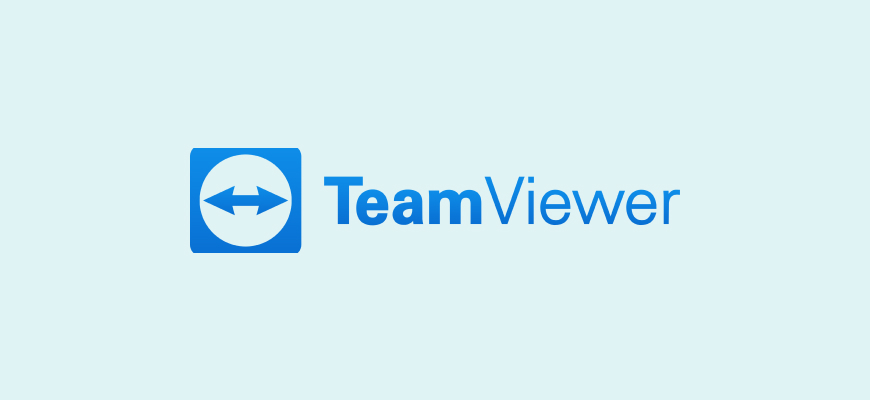Antivirus
Photo & Video
Programming & Design
Office Management
Other

In today’s world, remote access and support have become a necessity for businesses and individuals alike. With people working from home and teams spread across different locations, having a reliable remote access tool is crucial. This is where Teamviewer comes in. In this comprehensive review, we’ll take a closer look at what Teamviewer is, how to use it, its pricing, customer support, pros and cons, and finally, our conclusion.
Free DownloadTable of Contents
Teamviewer is a popular and versatile remote access and support software that enables users to connect to other devices remotely. It is used by millions of people worldwide for various purposes, such as remote computer access, online meetings, presentations, and even remote support for smartphones, tablets, and other devices.
Founded in 2005, Teamviewer has grown to become one of the leading remote access software providers in the market. Its user-friendly interface, robust security features, and cross-platform compatibility make it a favorite among businesses and individual users alike.
One of the key advantages of Teamviewer is its ability to connect to a wide range of devices, including Windows, Mac, Linux, Android, and iOS. This ensures that users can access their devices and provide support to others, regardless of the operating system or platform they are using.
Using Teamviewer is quite straightforward, even for those with limited technical knowledge. To get started, both the user and the person they wish to connect to need to have the Teamviewer software installed on their respective devices. Here’s a step-by-step guide on how to use Teamviewer:
Teamviewer operates on a subscription-based pricing model, offering different plans to cater to various user needs. The pricing structure is based on the number of licensed users, the number of devices they can access simultaneously, and the features available in each plan.
Teamviewer offers three primary pricing plans: Single User, Multi-User, and For Teams. The details of each plan are as follows:
In addition to these plans, Teamviewer also offers a free version for personal use, which includes basic remote access and control features. However, this version is not intended for commercial use and has some limitations compared to the paid plans.
Free DownloadTeamviewer provides comprehensive customer support to its users. Users can access a wealth of resources, including a knowledge base, user manuals, and video tutorials on the Teamviewer website. In addition, paid subscribers enjoy priority customer support via phone, email, and ticket submission.
The company also offers a community forum where users can ask questions, share experiences, and learn from other Teamviewer users. This active community is a valuable resource for troubleshooting and learning about best practices when using the software.
Like any software, Teamviewer has its advantages and disadvantages. Here’s a summary of its pros and cons:
Teamviewer is a powerful and reliable remote access and support software that offers a wide range of features and benefits for users. Its cross-platform compatibility, ease of use, and robust security features make it a popular choice among businesses and individuals alike. While its subscription-based pricing model may be a drawback for some users, the scalability and flexibility of its plans make it a viable solution for users with different needs and budgets.
Overall, Teamviewer is a highly recommended remote access software that provides a seamless and efficient remote access experience for users. Whether you need to access your work computer from home, provide remote support to a friend or family member, or collaborate with colleagues from different locations, Teamviewer is a trusted and reliable solution that delivers excellent results.
If you’re looking for reliable remote access and support software, we highly recommend giving Teamviewer a try. Sign up for a free trial or check out their pricing plans to see which one works best for your needs. With Teamviewer, you can work and collaborate from anywhere, anytime, and with anyone.